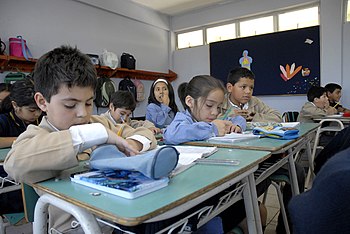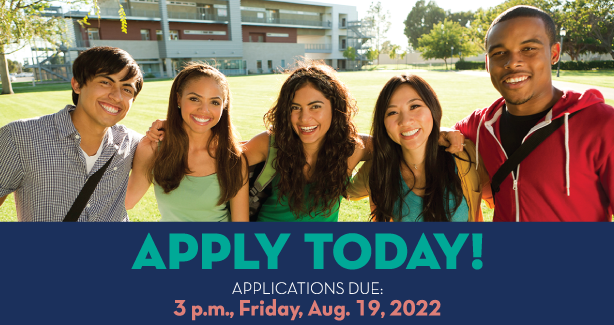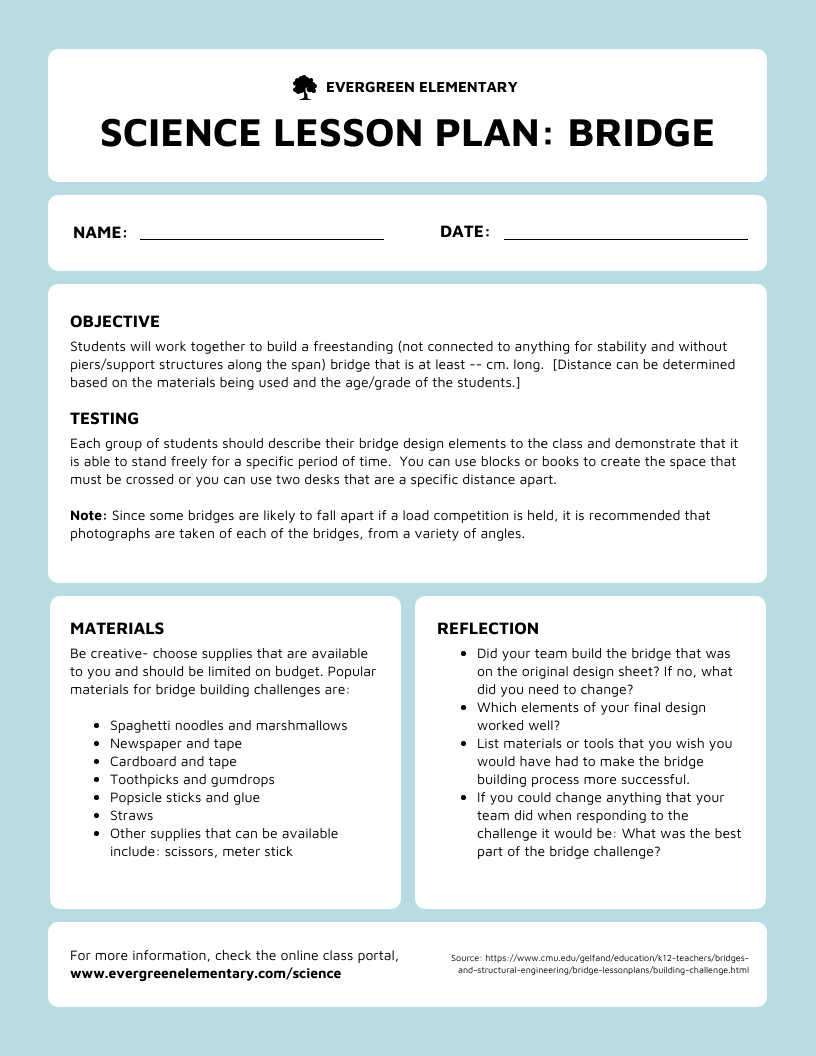
Brain Breaker was an early Metroidvania title and is a side-scrolling adventure platform game. It was originally released on the Sharp X1 back in 1985. The player must line up 15 blocks to solve a puzzle. This game is great for students as it keeps them on task and focused.
Brain Breaker is the basis of Brain Breaker, a code-breaking video game.
Brain Breaker is a video game based on the popular code-breaking game, Mastermind. The game challenges players with the challenge of deciphering a random code. It is designed to improve cognitive thinking skills and problem solving skills in students. It encourages interaction and physical activity. The code is given to players with eight guesses. If their guesses match the code, they'll be awarded gold balls. If they do not guess correctly, they will be awarded silver balls.
This code-breaking game can be played between two people and has a variable difficulty level. It may be easier for beginners to guess the codes. Experienced code-breakers might face repeated colors and empty holes. It's a real brain teaser!

It is a puzzle that requires students to put in sequence 15 blocks
The Fifteen Puzzle first became very popular in Europe during the 1880s. There are more than 20 million different arrangements of the blocks, and one blank block is left out. Two American mathematicians proved later that half the original arrangements allowed for a solution. The following mathematical analysis was used: Any number must pass through an equal number of boxes.
It is a physical brain-break
There are many benefits to taking a brain break. It will get your child up from their chair and stimulate blood flow. It allows you to regain control of your child, and it helps them focus better. You can have fun with physical breaks. They're just as effective and enjoyable as meditative. Here are four different types of physical brain breaks that your child can use.
Move around and stretch. Both of these activities improve brain activity. Exercising improves concentration, attention, and memory. Exercise can also help students remember vocabulary words more quickly. Exercise can also reduce stress levels and make it easier to focus on other tasks.
It helps students remain focused
Brain breaks are a great way for students to stay focused. Brain breaks teach students how to control their emotions and recognize when they get frustrated. They are useful tools for students who struggle to finish homework. They can take a brief break and then return to the task with a fresh perspective and refocused. These brain breaks help build confidence and self-esteem. They help students understand that they can overcome any difficulties with their homework. This will allow them to remain motivated to complete their assignment.

Brain breaks can also be used to increase creativity and social skills. For example, students can dance or sing to help them focus. Students can get away from the classroom to relax and become more outgoing. Students will be better prepared for class discussions if they have a break from studying. They will also be more likely to open up when asked questions.
FAQ
Is it difficult to become a teacher?
Becoming a teacher requires a major commitment. Your studies will require a lot of your time.
While completing your degree, you can expect to work approximately 40 hours per week.
Also, it is important to find a job you can do. Part-time jobs are difficult to find for students who want to balance school and work.
If you get a permanent job, you'll likely be teaching classes during the workday. You may even need to travel to different schools throughout the week.
What are the differences between early childhood education?
There are many ways that early childhood education can be described. Here are some of the most commonly used ones:
-
Preschool - Children ages 2 to 5
-
PreKindergarten – Children aged 4-6
-
Head Start/Headstart for Children Ages 0-3
-
Day Care/ Daycares for children 0-5
-
Child Care Centres - Children from 0-18 Years
-
Family Child Care - Children ages 0 to 12
-
Home Schooling - Children ages KG to 16
What is a "Trade School"?
For those who have not been able to get a degree at traditional higher education institutions, trade schools offer an alternative route. These schools offer career-focused programs that prepare students for specific jobs. The programs offer two-year courses in one semester. Students then go on to a paid apprenticeship program, where they are trained in a specific job skill set and given practical training. Trade schools can be classified as vocational schools or technical colleges. Some trade schools also offer associate programs.
How do I select my major?
Students choose their majors by their interests. Some students prefer to major in a subject they enjoy doing because they will find this easier than studying something else. Others are interested in a career where there are few jobs. Some students choose a major in order to earn money. Whatever your reasons, you should consider what kind of job you might like after graduation.
There are many options for information on different areas of study. Talk to friends or family members about their experiences. Look through newspapers and magazines to find out what careers are available. Talk to your guidance counselor at school to learn more about possible careers. Visit Career Services at the local library or community centre. Get books on different topics at your local library. You can search the Internet for information about specific careers.
How much does homeschooling cost?
There are no set fees for homeschooling. Some families charge between $0-$20 per lesson. Others offer their services free of charge.
However, homeschooling does require dedication and commitment. Parents must have enough time to devote to their children.
Access to books, materials, and other learning aids is essential. Homeschoolers are often required to attend community events and participate in programs that complement their curriculum.
Parents must think about the cost of transport, tutoring, and other extracurricular activities.
In addition, homeschoolers must plan ahead for field trips, vacations, and special occasions.
What's the point of education or schooling?
Education should provide students with skills that will help them find work. Education is not only academic. It is also a social pursuit where students learn from each others and gain confidence through engaging in activities such music, sports, and art. It is all about teaching students how to think critically, and how to create so they can be independent and self-reliant. What does it take to achieve high educational standards
High educational standards ensure that every pupil achieves their potential. They establish clear goals for teachers to work towards with their students. Educational standards should be flexible enough that schools can meet changing needs. Fair and equitable education standards must also be maintained: Every child is equal in terms of chance of success, regardless of his/her background.
What do you need to become a teacher in early childhood?
First you need to decide if your career path is in early childhood education. You will need to earn your bachelor's degree if you decide to pursue a career in early childhood education. Some states require that students earn a master’s degree.
You may also need to attend classes during summer months. These courses will cover subjects such as curriculum development and pedagogy (the art or teaching).
Many colleges offer associate degrees that can lead to teaching certificates.
While some schools offer certificates or bachelor's degrees in early childhood education, others only offer diplomas.
There may not be any need for additional training if your goal is to teach from home.
Statistics
- They are more likely to graduate high school (25%) and finish college (116%). (habitatbroward.org)
- Globally, in 2008, around 89% of children aged six to twelve were enrolled in primary education, and this proportion was rising. (en.wikipedia.org)
- Data from the Department of Education reveal that, among 2008 college graduates, 92.8 percent of humanities majors have voted at least once since finishing school. (bostonreview.net)
- They are also 25% more likely to graduate from high school and have higher math and reading scores, with fewer behavioral problems,” according to research at the University of Tennessee. (habitatbroward.org)
- In most developed countries, a high proportion of the population (up to 50%) now enters higher education at some time in their lives. (en.wikipedia.org)
External Links
How To
How do you apply for scholarships?
Before you apply for scholarship funding, ensure that you are eligible. Scholarships are granted to those who meet certain criteria.
If you are economically poor, you might be eligible to receive a grant. A vocational training course can be eligible to qualify you for work-study programs. And you can receive a grant because you are a member of a minority group.
Once you have decided if you are eligible, you can begin applying.
The application process can be done online, over the phone or in person. The process of applying varies according to the scholarship.
Some scholarships require that you submit essays about yourself and why the money is important to you. Others may ask questions such as, "Why did your choose this major?"
Many scholarships require that you fill out an application and submit supporting materials.
Your scholarship provider will examine the information that you submit. If you are selected, you will be notified via email or mail.
You may still be eligible for another scholarship even if you aren't selected. Contact your scholarship provider for details.